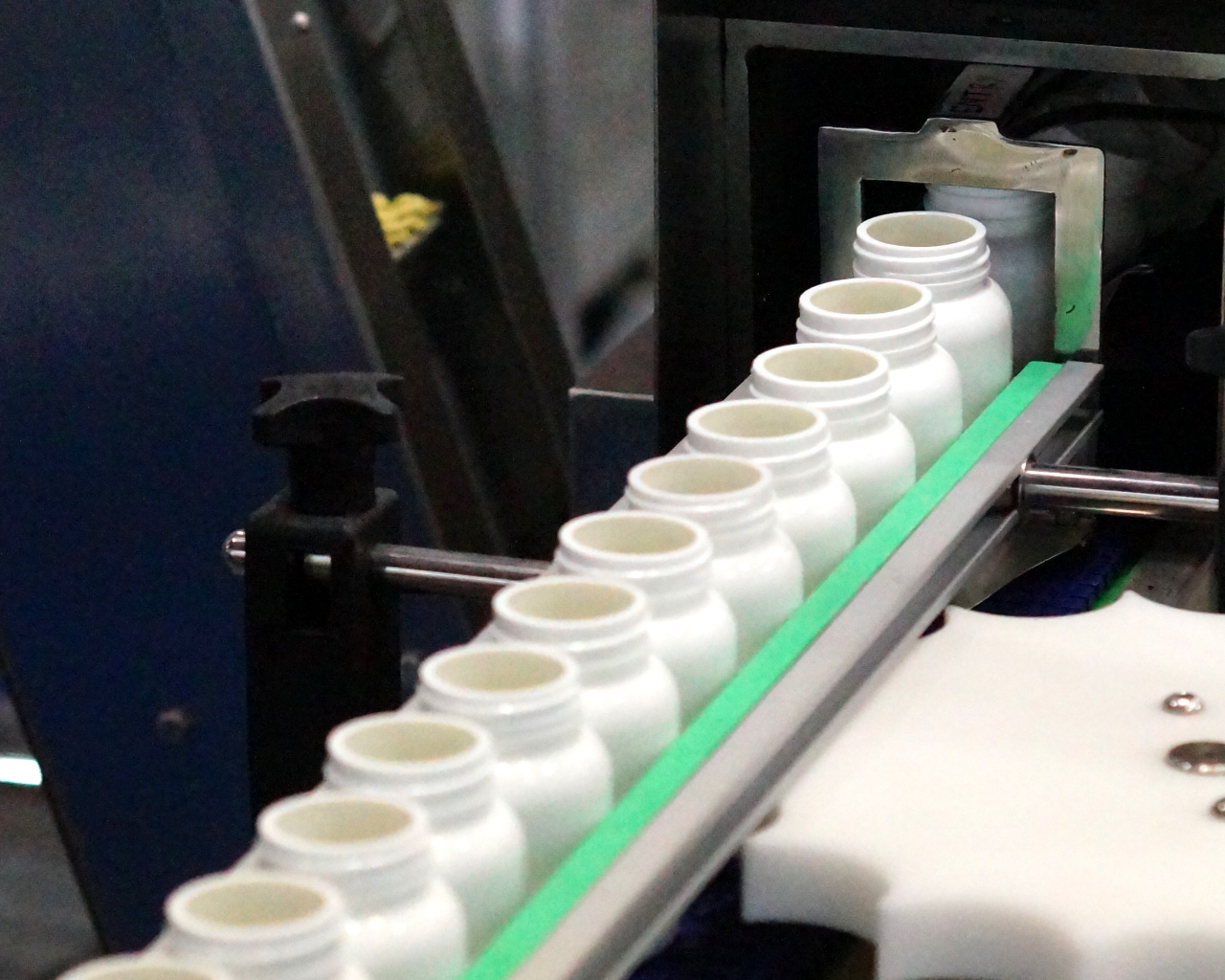03 Apr The FDA announced the availability of the Questions and Answers Draft Guidance on Remote Regulatory Assessments
- FDA has published the draft guidance “Conducting Remote Regulatory Assessments Questions and Answers Draft Guidance for Industry” to describe the Agency’s current thinking on the use of remote regulatory assessments (RRAs). FDA has used RRAs to conduct surveillance, reduce risk, meet critical public health needs, and help maximize compliance of FDA-regulated products. This draft guidance provides answers to frequently asked questions about what RRAs are, when and why FDA may use them, and how FDA may conduct them, among others.
The term “RRA”, as defined in the Question and Answers section, include activities for which the FDA may use different terminologies, such as “remote interactive evaluations” and “remote record reviews“. RRAs were mainly used to support submissions or applications assessments of FDA-regulated products and to reduce delays.
In the presence of travel restrictions during the COVID-19 pandemic, FDA utilized RRAs to assess establishments and their compliance with applicable FDA requirements.
Based on this experience, FDA has noted the value of RRAs and concluded that, under certain circumstances, they should be retained for some scenarios outside the COVID-19 pandemic for all types of FDA-regulated products.
The Agency is also issuing this guidance to promote greater consistency in the way RRAs are conducted, explaining the processes for responding to an RRA request and outlining the factors to consider in assessing whether an establishment has responded timely and appropriately to a mandatory request.
SOURCES:
https://www.fda.gov/media/160173/download
Latest posts
-
16 December, 2024 Blog
EDQM publishes draft General Chapter “Quality of Data” for Comments
-
01 October, 2024 Blog
EDQM publishes revised Ph. Eur. Water Monographs for public comment













